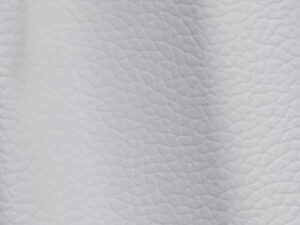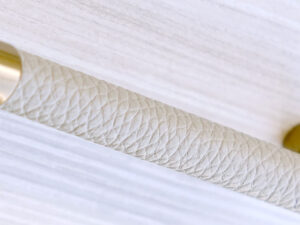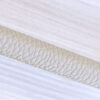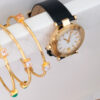Many of TAG’s product finishes come to life through a process called anodizing. This creates a finish that is incredibly beautiful and incredibly durable. Your TAG product will never experience the wear and abuse of any exterior anodized product (such as window frames or deck railings) but from time to time will need to be cleaned to keep that finish beautiful.

What is Anodizing?
Anodizing is an electrochemical process that converts the metal surface into a decorative, durable, corrosion-resistant finish. Aluminum is ideally suited to anodizing, although other metals, such as magnesium and titanium, also can be anodized.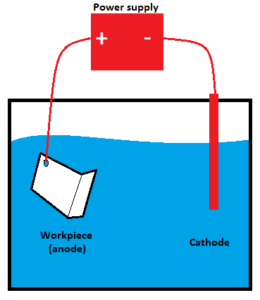
This anodizing process is not applied to the surface like paint or plating, but is fully integrated with the aluminum so it cannot chip or peel.
Anodizing is accomplished by immersing aluminum into an acid electrolyte bath and passing an electric current through the medium. A cathode is mounted to the inside of the anodizing tank; the aluminum acts as an anode, so that oxygen ions are released from the electrolyte to combine with the aluminum atoms at the surface of the part being anodized. Anodizing is highly controlled oxidation – an enhanced version of a naturally occurring phenomenon.
Tips for Washing Anodized Aluminum
Basically, don’t use anything too harsh on anodized aluminum and rub the metal in the direction of the grain.
Pick a neutral cleaner.
The best cleaners for anodized aluminum are in the pH range of six to eight. Seven is neutral (as opposed to acidic or alkaline), so you want cleaners that are close to neutral. Anything too acidic or too basic can damage the surface.
- Avoid cleaners with chorine.
- Dishwashing soap or a product like Bar Keepers Friend are a good choices.
- While you may reach for baking soda as an easy and natural cleaner, it’s not a good choice for anodized aluminum, as it is on the basic side of the pH scale. It can end up damaging the metal, which you don’t want. However, the opposite is also true: acidic cleaners aren’t great either.
Test the cleaner on an inconspicuous area.
Before you use the cleaner on the whole area, try it out on an area that can’t be seen well. Make sure the cleaner doesn’t stain or damage the anodized aluminum before using it to clean the rest of the aluminum.
Use a little abrasion if needed.
A sponge with a bit of abrasion can help clean the tough surface of anodized aluminum. However, stick to something with mild abrasive properties, such as a scrubby sponge, not a steel wool scrubber. If it’s only lightly soiled, stick to a clean rag or washcloth.
Rinse.
Removing the soap or cleaner residue is important to maintain the clean look of a metallic finish. Wiping with clean water and drying usually is sufficient but a final pass with rubbing alcohol can help keep larger pieces streak and residue free.
Tips for Tougher Stains
Anodizing is quite resistant to organic solvents. While alcohol or acetone will quickly remove ink from a permanent marker, for example, they will not damage or fade colored anodizing, and can be excellent for cleaning purposes.


